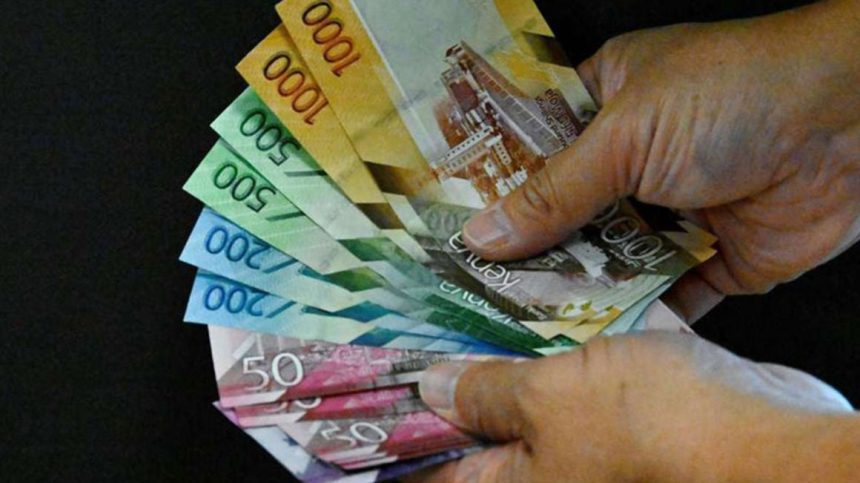The State has set a target to ramp up Kenya’s foreign exchange reserves to at least 6.1 months of import cover as it looks to provide a stronger buffer to cushion the shilling from external headwinds.
This has been revealed in the details of the Medium-Term Plan 4 covering the period 2023 to 2027, the last implementation phase of Vision 2030. The first medium-term plan covered the period between 2008 and 2012.
According to the Central Bank of Kenya (CBK) data, the shilling has lost 17.0 percent of its value since the start of the year, and 20.7 percent over the last 12 months, to stand at 144.40 units against the US dollar currently.
“Improving foreign exchange balance through the promotion of exports in order to improve reserves to 6.1 months of import cover. Creating 1.2 million jobs annually. Expanding the tax base by increasing revenue collection to 18.3 percent of GDP by 2027/28” says the Treasury on its plans.
The latest available Kenya National Bureau of Statistics data shows Kenya’s merchandise trade deficit stood at Sh303.63 billion between January and March 2023, an improvement from the Sh328.1 billion deficit reported in the same period in 2022.
The Finance Act 2023 has amended the Miscellaneous Fees and Levies Act of 2016 to introduce the Export Promotion and Investment Levy effective September 1, 2023, geared towards generating funds to boost manufacturing, increase the country’s exports and trim the monthly import bill.
Under the present environment, 6.1 months of import cover translates to about $11.2 billion in foreign exchange reserves compared to the current $7.3 billion, which translates to 3.98 months of import cover. According to CBK, the statutory reserves threshold is 4.0 months, an indication that at 3.98 months, Kenya has fallen marginally shy of the prescribed cover.
The last time Kenya registered such high foreign exchange reserves trended above the 6.0 months of import cover mark was in June 2019 when they peaked at $10.1 billion which at the time translated into 6.4 months of cover.




